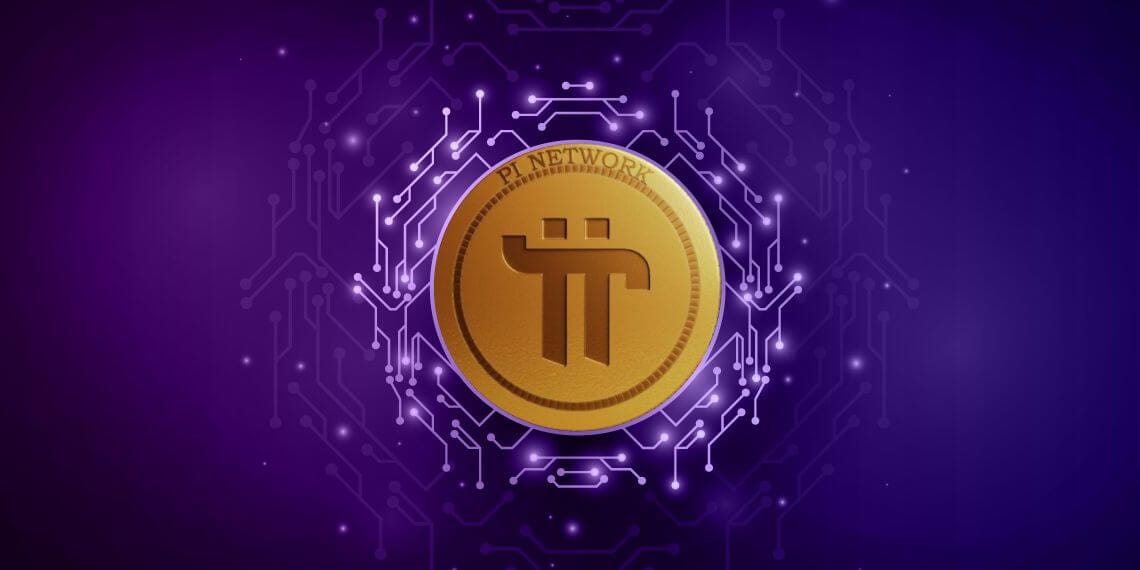Pi Network, a cryptocurrency project launched in 2019 by Stanford graduates, has garnered significant attention for its unique approach to cryptocurrency mining. Unlike traditional mining methods that require specialized hardware and substantial energy consumption, Pi Network allows users to mine Pi coins directly from their smartphones with minimal battery drain. This innovative concept aims to democratize cryptocurrency access, making it available to a broader audience. As of March 28, 2025, Pi Network has transitioned to its Open Network phase, marking a crucial step towards realizing its potential as a mainstream digital currency. This article delves into the intricacies of Pi Network, exploring its technology, community, recent developments, potential future, and the challenges it faces.
What is Pi Network?
Pi Network distinguishes itself by offering a user-friendly mobile application that enables users to mine Pi coins by simply checking in daily. The project’s core mission is to create a more inclusive and accessible cryptocurrency ecosystem. Its consensus mechanism, based on an early version of the Stellar Consensus Protocol (SCP), prioritizes security and energy efficiency.
Key Features and Technology:
- Mobile Mining: Pi Network’s most distinctive feature is its mobile-based mining process, which requires minimal energy and does not drain phone batteries. Users earn Pi coins by actively participating in the network through daily check-ins.
- Stellar Consensus Protocol (SCP): Pi Network utilizes a consensus algorithm based on SCP, ensuring secure and efficient transaction validation without the need for energy-intensive proof-of-work systems.
- Security Circles: Users build trust circles by inviting trusted contacts, forming an interconnected web of verified members. These circles contribute to the network’s security and validate transactions.
- Pi Node: In addition to the mobile app, Pi Network offers desktop-based node software, enhancing collaboration and network validation.
Community and Growth:
Pi Network has cultivated a massive global community, with over 110 million installations and a rapidly growing daily user base. This strong community engagement is a significant asset, potentially driving adoption and utility for the Pi coin. The project encourages user participation through various roles:
- Pioneers: Users who mine Pi coins through the mobile app.
- Contributors: Users who invite others to join the network, enhancing security and growth.
- Nodes: Users who run the Pi node software, validating transactions and maintaining network integrity.
Recent Developments: Open Network Launch
A major milestone for Pi Network was the launch of its Open Network on February 20, 2025. This transition marked the end of the enclosed mainnet phase, allowing Pi coins to be traded on cryptocurrency exchanges and integrated with external blockchains. Several exchanges, including OKX, Bitget, and BitMart, have listed Pi Coin, increasing its accessibility and liquidity.

Pi Network Price Performance and Predictions:
Following its listing on exchanges, Pi Coin experienced significant price volatility. It reached a high of $1.97 before dropping to $0.737 within a day. As of March 27, 2025, Pi Coin is trading at around $0.84. Price predictions for Pi Network vary widely, reflecting the uncertainty surrounding its long-term adoption and utility.
- Short-term predictions: Some analysts predict a potential rise to $4.11 by May 2025, while others suggest it could face further declines if selling pressure persists.
- Long-term predictions: Forecasts for 2030 range from $48 to $1,150, depending on factors like mass adoption, strategic partnerships, and integration into mainstream financial systems.
Potential Future and Challenges:
Pi Network’s future hinges on several factors, including:
- Adoption and Utility: The successful development of a robust ecosystem with real-world use cases is crucial for driving demand and stabilizing the price of Pi Coin.
- Exchange Listings: Securing listings on major exchanges like Binance and Coinbase would significantly boost Pi Network’s visibility and liquidity.
- Regulatory Landscape: Navigating the evolving regulatory environment for cryptocurrencies will be essential for Pi Network’s long-term sustainability.
- Community Engagement: Maintaining and growing its active user base will be vital for the network’s security and development.
Despite its potential, Pi Network faces challenges, including price volatility, regulatory hurdles, and the need to establish clear utility for its coin. The project’s success will depend on its ability to overcome these obstacles and deliver on its promise of a decentralized and accessible cryptocurrency.
Pi Network Download
Conclusion
Pi Network represents an innovative approach to cryptocurrency mining, leveraging mobile technology to reach a global audience. The launch of its Open Network marks a significant step forward, but the project’s future success is contingent on its ability to drive adoption, establish utility, and navigate the complexities of the cryptocurrency market. While Pi Network holds promise, potential investors should exercise caution and conduct thorough research before making any financial decisions.




One Comment on “Pi Network: A Deep Dive into its Potential and Challenges”